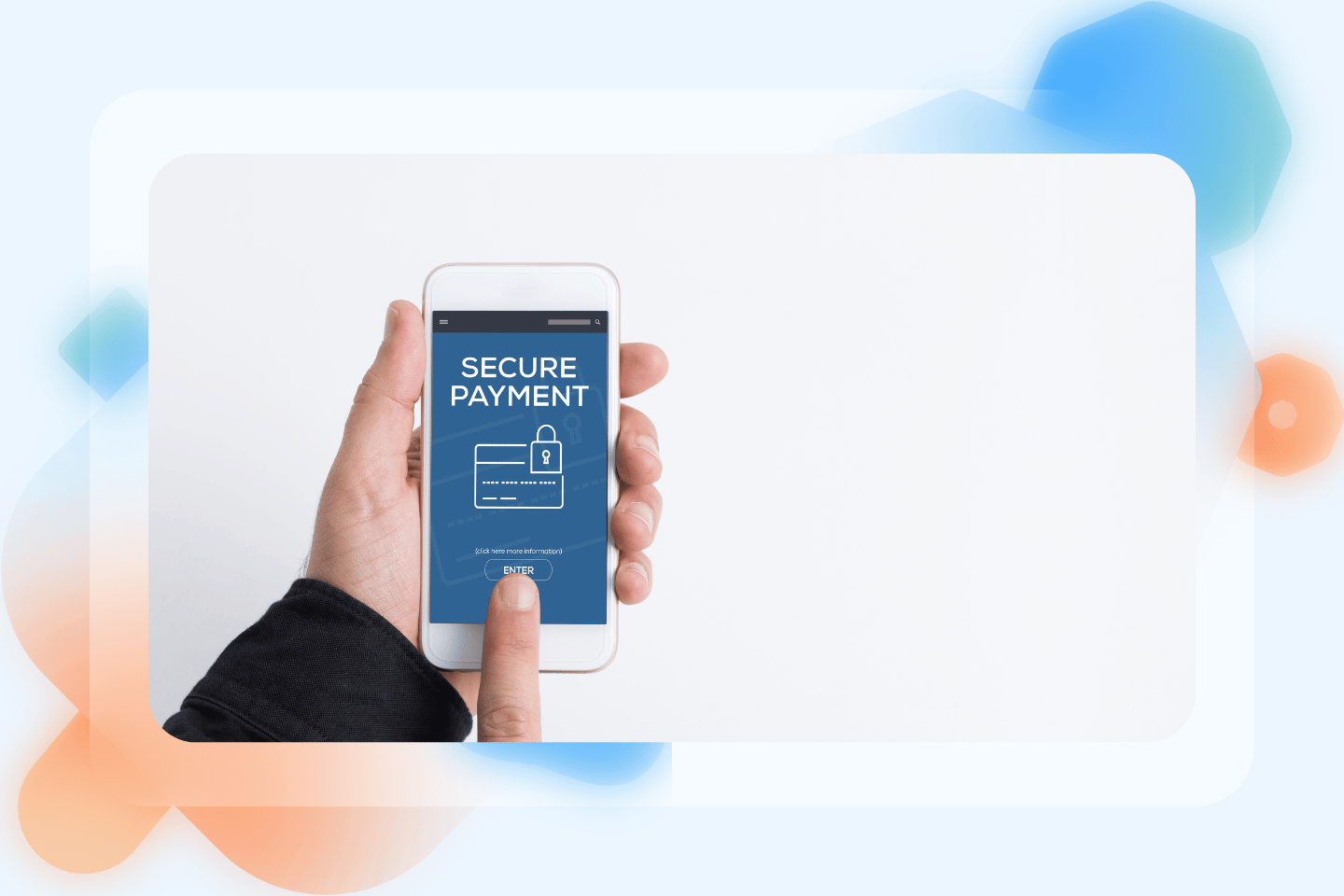Let this sink in—only 40% of new products survive the market. And of those, only 60% make a profit.
You can launch the most advanced software, but if users fail to realize its value—they’ll churn. Bye-bye revenue because you failed to nail product adoption. (Yet, it’s not just new users at risk here.) Even more critical problems are your existing customers who fail to use new features of new releases.
So what’s the solution?
Investing in hypercare support that drives product adoption for greater ROI on dev efforts. Keep reading to learn more about the concept of hypercare in customer support including some strategies for implementing it in your business.
What is hypercare?

In the context of customer support, hypercare is the proactive, high-touch customer service that treats users like royalty (so that churning is the last thing on their minds) following a major change in operations or new software development release (launch or update).
The goal is pretty simple: to increase product adoption. The duration of the hypercare support process can vary depending on the complexity of the deployment or implementation. Still, it typically lasts up to two weeks after the go-live date.
Some key aspects of the hypercare support activities include:
- High-touch onboarding
- Proactive reach out
- Dedicated customer enablement
- Extended support hours
- Lightning-speed customer response
- Continuous and proactive collection of user feedback
So, imagine you just launched a new software solution. Your hypercare support checklist would include having a dedicated customer support team for the critical period involved. And they would proactively answer questions, set a lower threshold for what qualifies as a high-priority issue, and closely monitor the system or process as it’s implemented—just whatever it takes to support a smooth and successful transition throughout.
How does hypercare differ from traditional customer support?

If you’re thinking “But we already have customer support!”, here’s the thing though—traditional support is mostly on-demand. Below is a detailed explanation.
Focus:
Traditional customer support is often transactional. So, in this case, your support team probably waits for users to raise issues and then resolve issues for them. Basically, it’s about closing tickets as fast as possible. Hypercare, on the other hand, takes a proactive stance. It now involves conducting onboarding sessions, sharing tailored content, and checking in regularly.
Coordination:
Traditional support is typically an independent, dedicated team. Different teams handle onboarding, educational programs, and technical issues. However, hypercare unifies that experience. There’s seamless handoff and a true high-touch experience because the hypercare support and team members and is composed of multiple experts. Examples of hypercare support roles and responsibilities include data analysts, project managers, and communication specialists.
Scope:
Usually, customer service covers almost all potential issues, across the entire product lifecycle. Troubleshooting technical problems to answering basic usage questions. But during the hypercare period, support is highly concentrated support focusing on the critical issues for a specific segment of customers (like new users) during a critical period in their journey.
Human factor:
The human factor is another key difference. Traditional support often uses automation like chatbots (Did you know the chatbot market may reach 1.25 billion U.S. dollars by 2025?), self-serve knowledge bases, and reps reading scripts. Not during hypercare though. Everything is always highly personalized—studying each account in-depth to offer expert advice.
Objective:
Customer service in the traditional sense has a short-term focus. The focus is decreasing resolution times/costs and the job is seen as done. Hypercare support plan, however, has a much longer-term objective. It’s about making sure customers can navigate periods of change with minimal disruption.
Why should you apply hypercare in customer support?
Hypercare support ensures a smooth transition during periods of change. Think about this—more than half of customers return products because they can’t figure out how to use them. So, let’s break some huge reasons why you should apply this approach:
It drives higher product adoption rates.
This is about having faster time-to-value. Meaning your new customers can realize the product’s value sooner. Rather than generic, self-serve onboarding flows, hypercare delivers high-touch onboarding. This tailored method makes sure new users hit the ground running ASAP and understand how to apply the product’s full capabilities.
It increases expansion revenue.
When you guide customers to fully use your product, they’ll experience more “a-ha” moments. As customers discover the product, they perceive it as more valuable. They may be more open to upgrading to a higher-tier plan or purchasing additional features. And that’s boosting customer lifetime value.
It creates a proactive feedback loop.
Hypercare’s obsessive enablement focus is to create a powerful product feedback engine closely aligned with what customers actually need to find success. During the hypercare support timeframe, there’s a more frequent and direct interaction with customers. And through these close encounters, you’ll learn a lot of both qualitative and quantitative product insights like usability issues.
It lowers support costs in the long run.
By having a dedicated support team with in-depth product knowledge during hypercare support, issues are more likely to be resolved on the first contact. Getting rid of the back-and-forth of communication channels often seen in traditional support saves time and resources.
It raises the NPS & CSAT
Proactive support, personalized guidance, and prompt issue resolution during hypercare lead to a more positive customer experience. Highly satisfied customers translate directly into higher CSAT scores and a higher chance to recommend your product or service (reflected in NPS).
7 strategies for implementing hypercare in your business

Looking closer, a hypercare strategy can really help extract maximum value from customer relationships. So here are seven strategies for implementing a hypercare support plan in your business.
1. Form a dedicated hypercare team
Assemble a cross-functional team focused solely on delivering hyper-personalized enablement and support. Include roles like onboarding specialists, customer success managers, product experts, and enablement specialists. When customers need expert help, they have access to it.
2. Map out customer journeys
Going hypercare is a proactive approach to problem-solving. So know where your customers are. A customer journey map allows your organization or you to anticipate their needs and challenges at each stage. This forward-looking marketing strategy lets you develop targeted hypercare strategies to address possible challenges even before they arise.
3. Be available
Hypercare teams need to be available wherever customers prefer to engage—phone, email, chat, self-service portals, SMS/messaging apps, social media, or even embedded in-app communications. Meet customers on their preferred turf.
4. Prioritize customer onboarding
A smooth and efficient onboarding process sets the stage for a positive hypercare experience. Onboarding processes help companies keep new customers 82% longer. Customers who understand the product’s value and functionality are better equipped to leverage your self-serve resources and reach key moments faster.
5. Focus on internal enablement
An empowered team can deliver exceptional customer service during the hypercare support plan period. Your hypercare support team needs to be product experts, able to identify issues, answer complex questions and troubleshoot any issue a customer might encounter so make sure employees can access all training resources, product documentation, process guides, and sample enablement assets in one place.
6. Use customer intelligence tools
With the help of customer intelligence tools (such as CRM systems and social listening tools), customer support can personalize communication, especially during hypercare. This can involve sending targeted emails with relevant resources, suggesting features based on past usage, or offering guidance tailored to specific customer journeys.
7. Consider outsourcing
For businesses with limited resources, consider outsourcing hypercare to a qualified customer support provider. This allows you to leverage expertise without building an internal team. Partner with support service providers that fully manage hypercare resources for personalized enablement and support for your customers.
If you need to rid the world of bad customer experiences, increase the lifetime value of brands, and grow your business while your customer service runs seamlessly behind the scenes, check out LTVplus.
3 common challenges in implementing hypercare

Hypercare sounds amazing for customers but setting it up can be tricky. These are three common (but major) roadblocks you might face on the road to hypercare success:
Challenge #1: Defining processes and governance
Implementing standard operating procedures like journey mapping, outreach cadences, and escalations can be complex in a hypercare environment.
Challenge #2: Scalability
Maintaining customer needs and a decent level of hypercare in the midst of rapid growth is challenging. Getting the balance between personalization and efficiency right is crucial.
Challenge #3: Cost management
Hypercare’s high-touch, personalized model comes with higher operating costs that have to be weighed against potential revenue growth and efficiency gains.
It’s time to go all in on hypercare
Just launched? Treating new users like royalty isn’t really an exaggerated idea during hypercare when your sole goal is to drive customer success—and so adopt your product. After all, customer experience is truly make-or-break.
Simply put, dismissing hypercare is leaving money on the table and exposing your business to disruption.
Ready to transform your customer experience and stop bleeding revenue from underutilized products and customer churn? With our team, you get all the tools, training materials, and staffing needed to implement and optimize a hypercare model for your business successfully. Let’s schedule a free consultation today.




